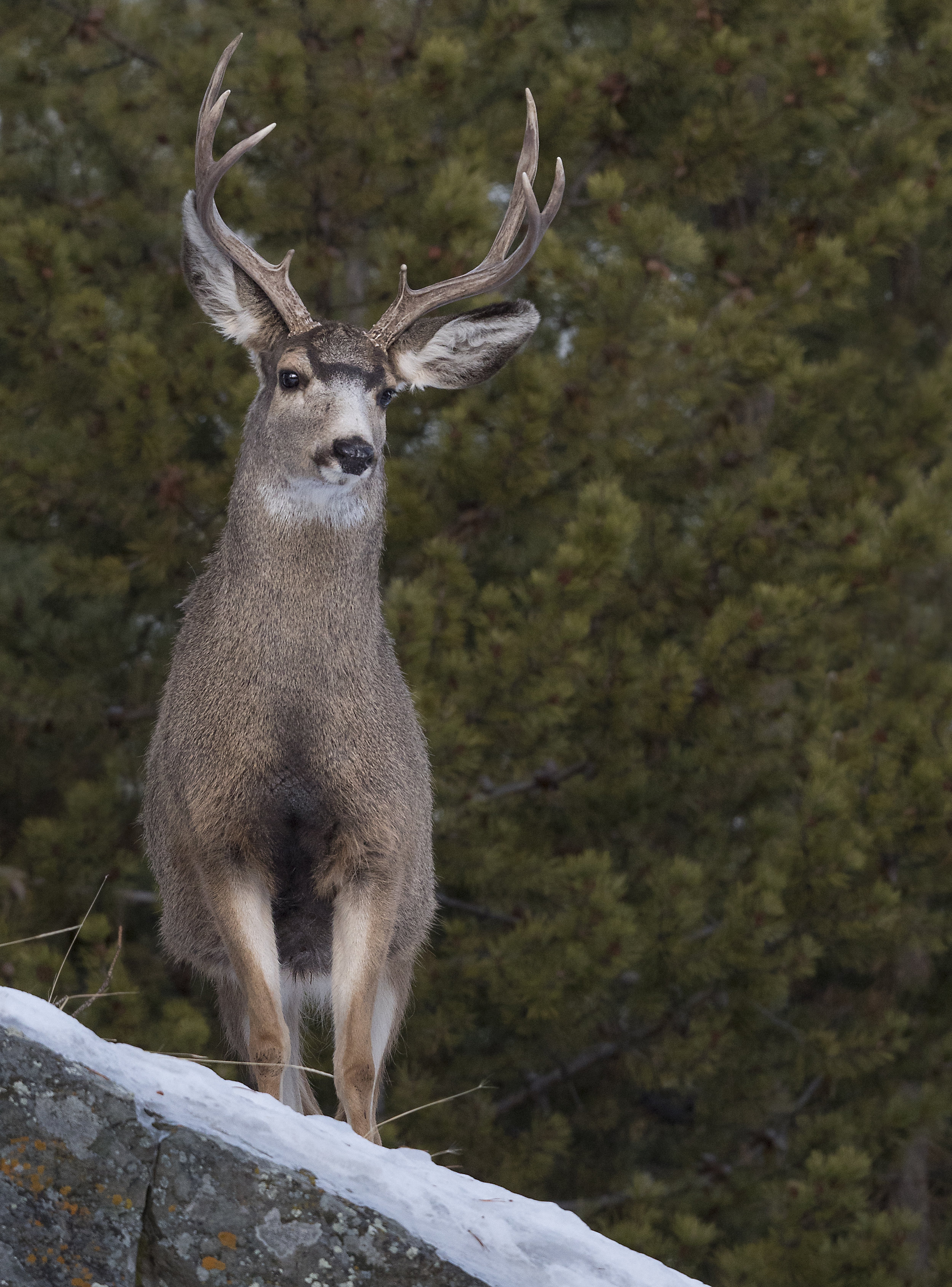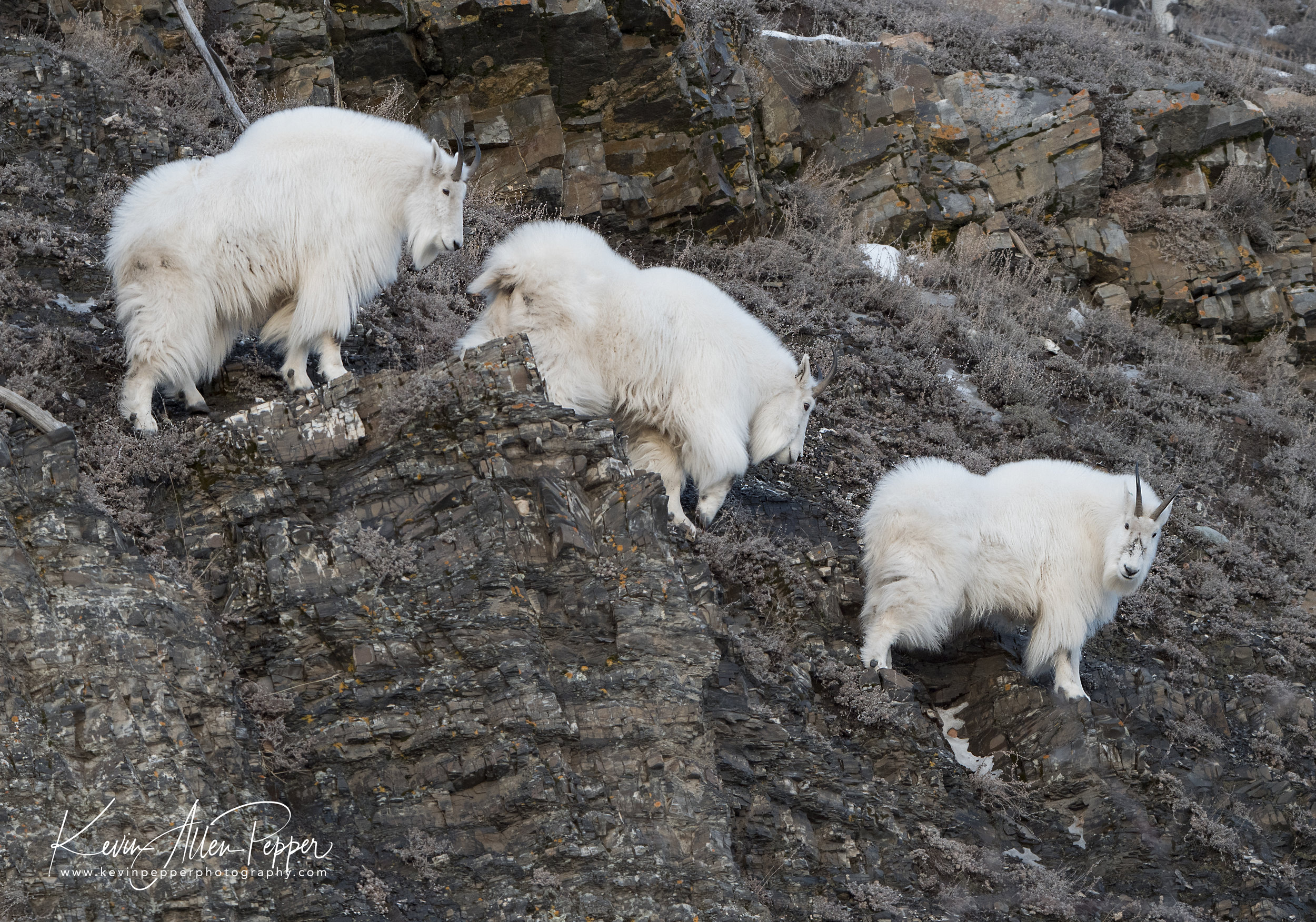Winter Photography Tips
Here we are in the Yukon and the temperatures today were -12F… but the conversation today turned to the impending dip in temperatures before the end of the workshop and how we are going to stay warm and keep our cameras safe. We are seeing -20F with the wind chills… So today I wanted to give you some of the feedback that was given to the group today.
Hopefully these cold weather shooting tips to help you take better winter photos and keep your gear safe... and your tushy warm.
But before we begin… let me say, “Just get out there!!!” My group came all the way up to the Yukon to learn to photograph some fantastic wildlife at the Yukon Wildlife Preserve, landscapes and hopefully the northern lights. I told them that weather is the photographer’s friend. Don’t let the cold or snow or ice or whatever stop you. It can add visual elements to your photography that make the difference between good and great photos.
With that, here ere are some photos taken from the locations we will be at this week...







Tips for winter photography:
1- Bring extra batteries and keep them close to your skin. Cold weather zaps batteries. If you have at least one extra battery, you can really increase your shooting time by swapping batteries from time-to-time, taking one from the camera and putting it inside your shirt, etc., to keep it warm. Even a battery that says it’s dead or nearly dead can come back to life if you warm it up.
2- Minimize changing lenses in winter weather. You don’t want to get moisture or condensation inside your camera or your lens. You really don’t. To overcome this I prepared each attendee for the appropriate lens to put on their camera in each situation. For those that brought two bodies, I had them put a range that will help them maximize the photo opportunities that I knew they would encounter.
3- Bring rain covers for your camera and lenses. Even if it’s not raining, snow is wet. If you’re out in a snowing environment, snow can fall on your camera and get it wet. This is less important with some of the top-of-the-line pro bodies, but something to consider in any event.
4- Dress in layers. Wear warm boots, socks and under garments. Wear thin layer gloves under heavier mitts that will break the wind, a hat that covers your ears and a good, thick coat. Under the coat wear a base layer to wick off the moisture from your body, and a sweater. If it warms up you can take off a layer. Also bring hand warmers and foot warmers in extreme weather. Wool works better than cotton.
5- Watch where you step. Black ice can bring you down quickly. A slip and fall can not only damage your camera but seriously hurt you.
6- Use a camera strap. When your hands are cold they have less dexterity and grip. It’s easier for the camera to slip out of your hands when they are cold or wet. Don’t chance dropping your camera.
7- Remember to breathe through your mouth when looking through the viewfinder... breathing through your nose will get condensation on the viewfinder and could cause problems by freezing up your LCD monitor.
8- When you come in out of the cold leave your camera for a couple hours and let it assimilate to room temperature. You can take your memory card out, just do not take photos for a couple hours. Today we were out for two hours, then returned to a meeting room to review out morning photos for an hour, then went back out again for a couple hours.
My suggestion was to take off your coat and wrap it inside out with the camera in the coat. The exterior of your coat will be as cold as the camera… this will allow the camera to slowly adjust to the inside temperatures.
9- Shoot to the right… you’ve all heard the term… One of the most challenging things in winter is achieving correct exposure. All camera metering systems are calibrated to base exposure on neutral tonality or neutral gray. White, snow-covered landscapes will most likely dominate your camera meter’s exposure reading. To adjust correctly, I teach to adjust your exposure compensation to +1 on an overcast day to +2 on a bright sunny day. But be careful not to overexpose too much to avoid blowing out the highlights.
10- Last... and extremely relevant to today as we photograph wildlife in a winter setting, "Don't eat yellow snow. It’s not nature's slushy!!!"
Come back tomorrow for some more photography tips from my latest workshop in the Yukon.
If you want to come up here to take photos like the ones in this post, check out the next winter photo workshop that is planned.
